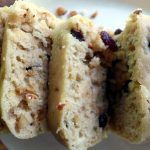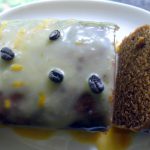Kalamansi (Calamondin) is cheap and plentiful – lucky me!
I know, kalamansi marmalade recipes abound. Here is my version, Black Kalamansi Marmalade with ginger and cinnamon. This recipe includes a pectin setting test and a secret ingredient to balance the sweet-bitter taste of the marmalade. Enjoy!
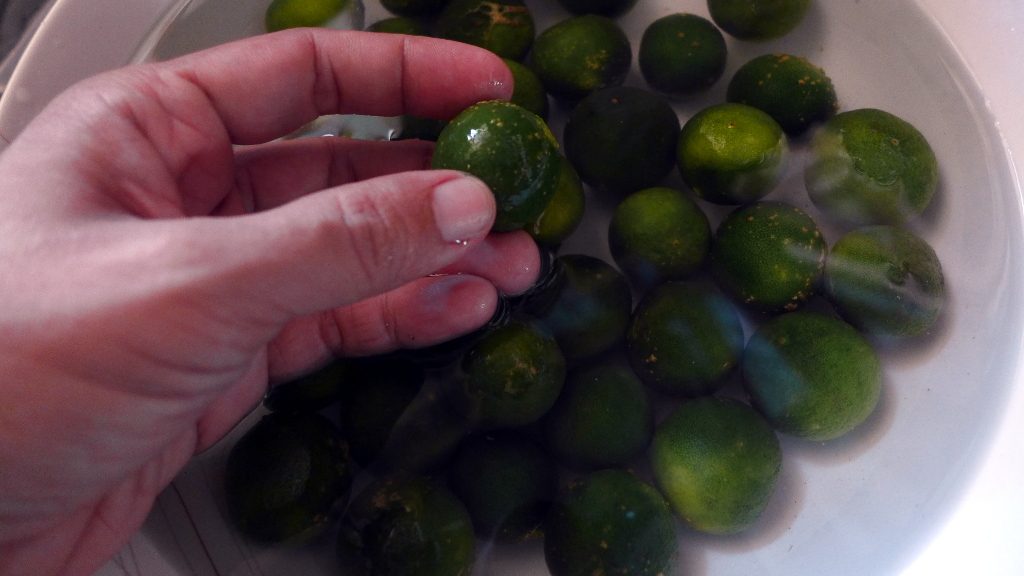
Kalamansi Marmalade (Black) by Fats
Ingredients:
400 grams of green kalamansi
3 cups of water
3 cups of granulated brown sugar for black marmalade (or white sugar if you prefer clear marmalade)
1/2 tsp cinnamon
Half thumb-size ginger
Pinch of salt (the secret ingredient ahaha!)
You will also need some cheesecloth and string.
This recipe makes about 21 ounces (three 200-gram jars) of marmalade.
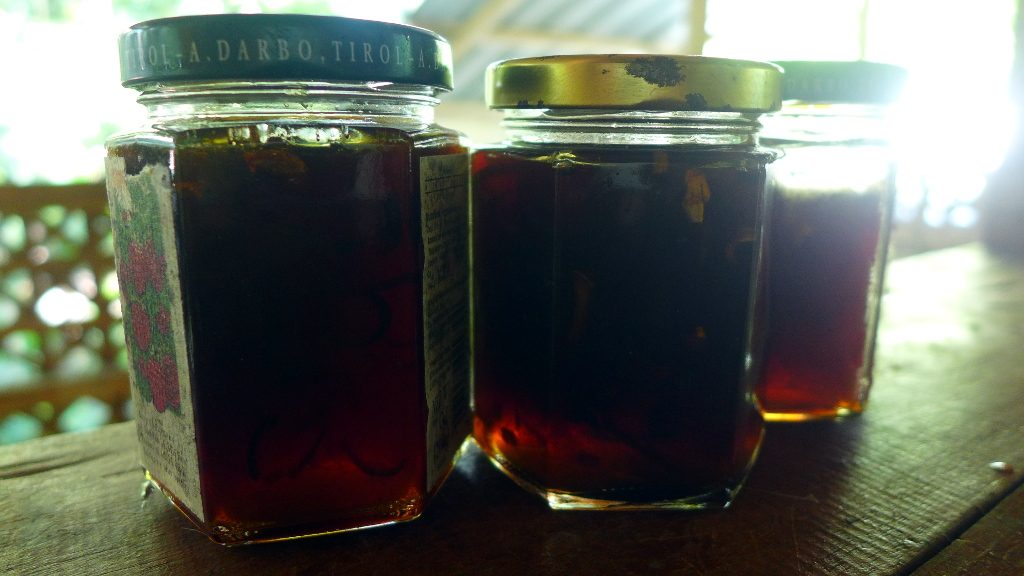
Instructions:
- Wash kalamansi in water, remove stems, leaves and any damaged fruits.
- Cut kalamansi in half, remove seeds (set seeds aside). Squeeze kalamansi and reserve juice in the fridge.
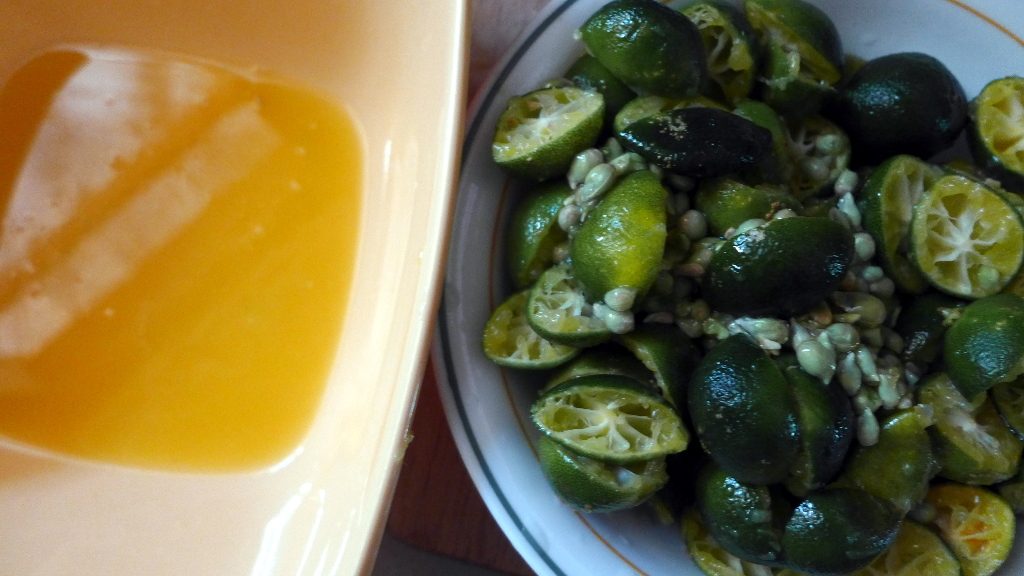
- Get about half of the kalamansi peels, remove any seeds still intact then slice the peels thinly (or thicker if you want thick cut marmalade). Set sliced peels aside.
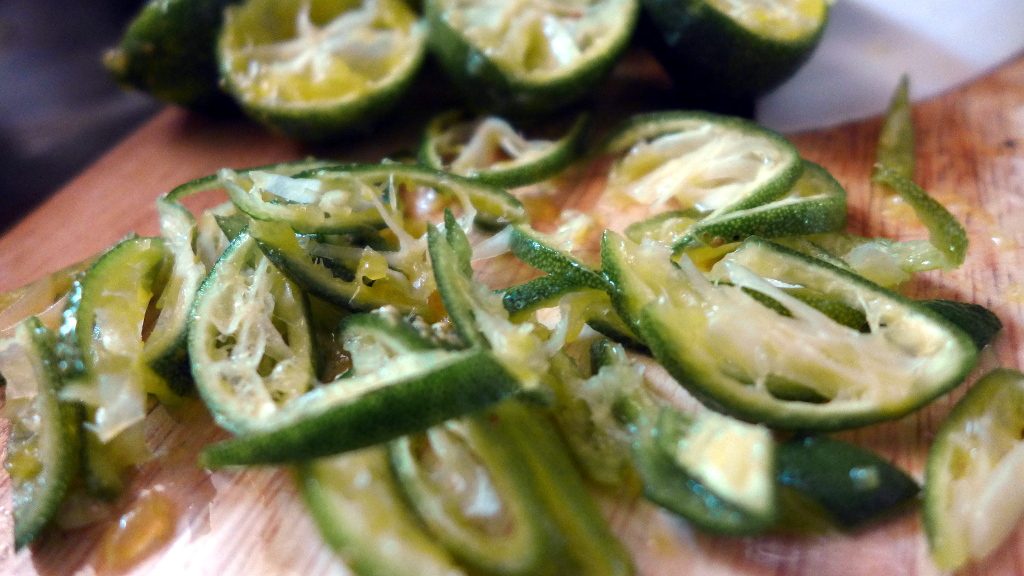
- Put the other half of kalamansi peels and all the seeds in a cheesecloth or muslin square and tie into a bundle with string.
- Place the sliced peels and 3 cups of water in a pan. Add the bag of seeds and peels into the pan. Bring to a boil, half covered and simmer until soft (about 10-20 minutes). Cool.
- Transfer all the contents of the pan (including the bag of seeds and peels) to a container and put in the fridge overnight. The next day, pour everything into a pan. Squeeze all liquid in the cloth bag as much as possible into the pan. Discard the bag of seeds and peels into your compost.
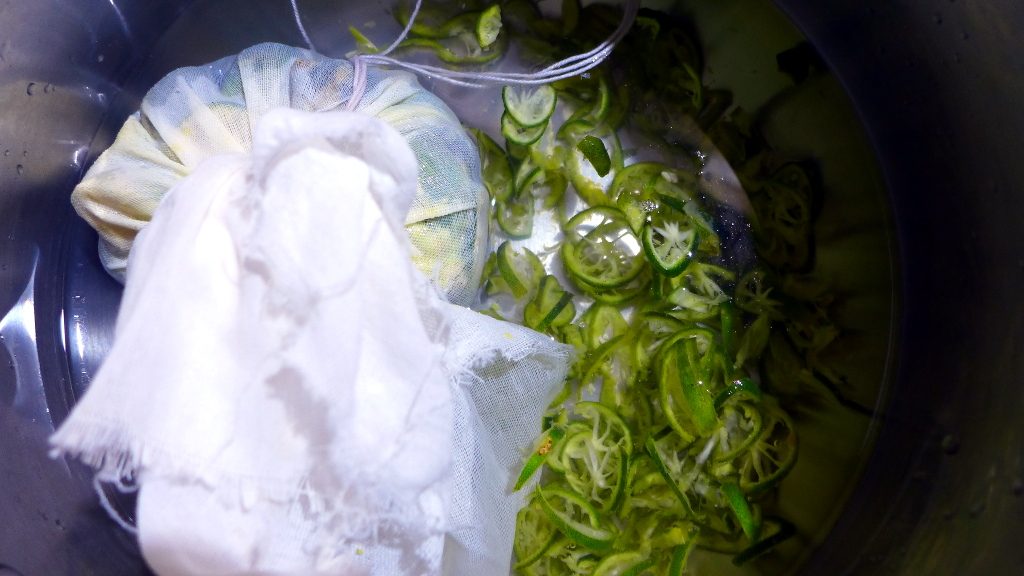
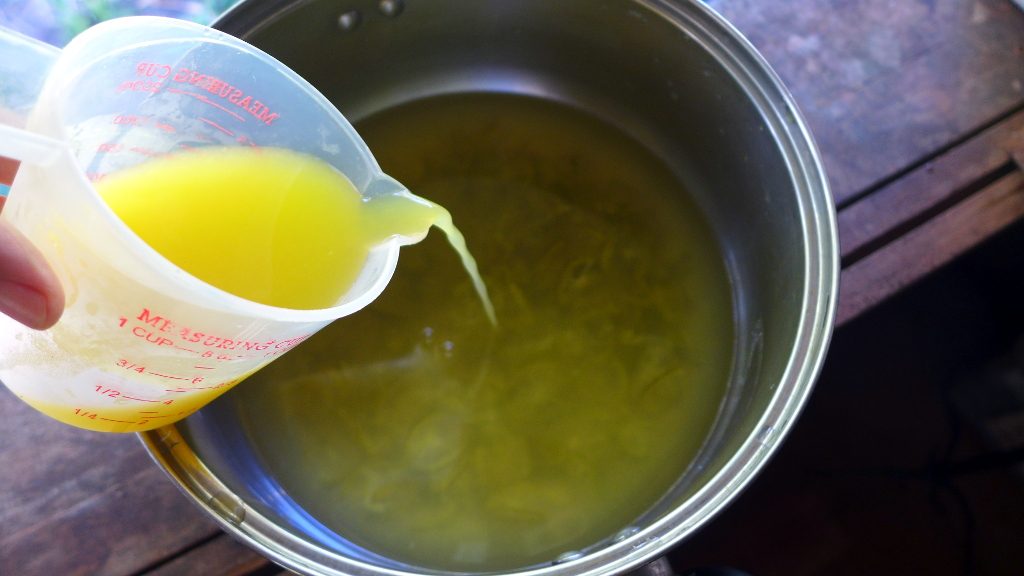
- Add the reserved kalamansi juice, cinnamon, salt and sugar to the sliced peel mixture. Scrape the ginger with a spoon to remove the skin. Slice into thin sticks and add to the mixture. Heat gently, stirring until all the sugar has dissolved. Turn the heat to high and bring to a rapid, good rolling boil for 5 minutes, uncovered. Turn off the heat and test for a set (see below). If the marmalade has not set, boil again for another 5 minutes, and test again. Do this if necessary until 20-30 minutes.
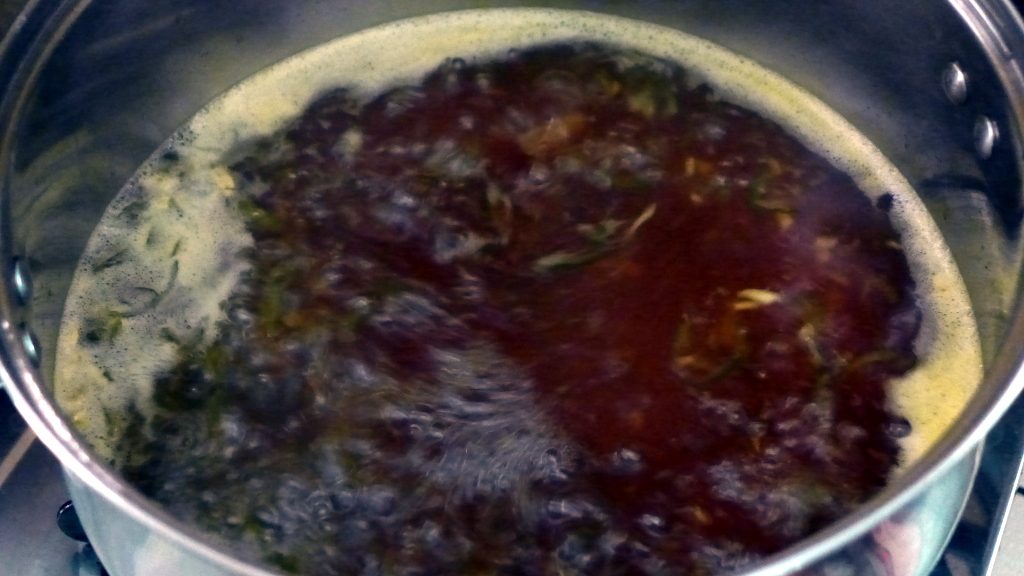
- When marmalade is ready, set aside until the surface forms a skin and peels float to the top. Stir with a ladle and scoop the marmalade into sterilized jars, leaving 5mm headspace. Cool, label and store in a cool dark place. Marmalade should keep for 12 months.
Testing for Set
Pectin in fruits help jams, jellies and marmalades to set when mixed with sugar and boiled to appropriate setting temperature (105 degrees C) and time. This can be difficult to determine as pectin content in fruits and recipes may vary. To test:
Chill a saucer in the fridge before making the marmalade. Scoop about 1 tsp of the boiling marmalade on the chilled saucer and let it cool. When cool, push the marmalade with your finger to one side. If the marmalade wrinkles and your finger leaves a trail on the saucer, then it is set. Your marmalade is ready.
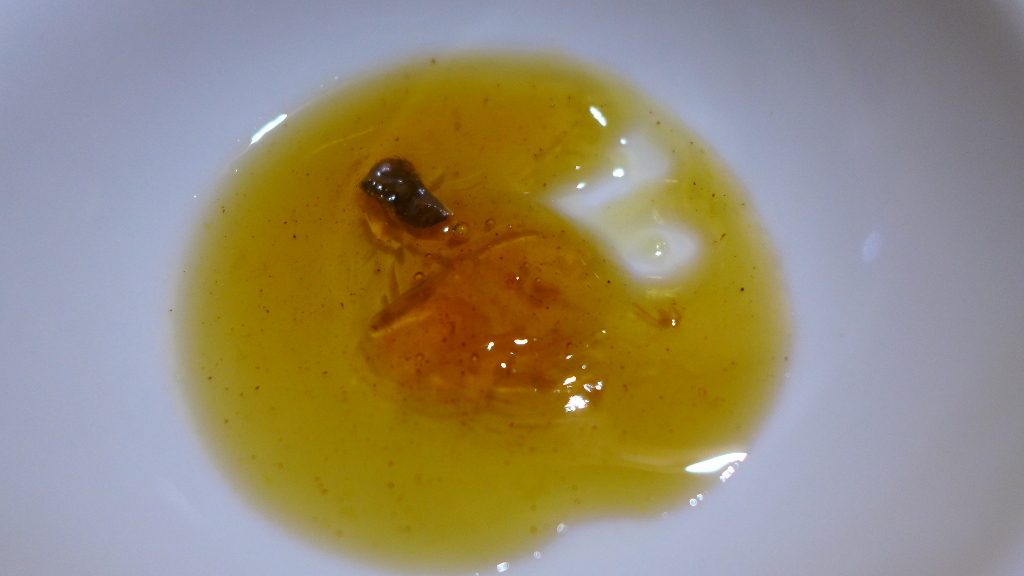
Help! My marmalade won’t set!
- You must bring the marmalade to a rapid rolling boil, or at temperature of 105 degrees C if you have a candy thermometer. Otherwise, observe the boil, the marmalade should thicken around the sides of the pan and should boil sluggishly with bubbles popping rather than frothing.
- There might not be enough pectin in your marmalade. To solve this problem, add the juice of one lemon and boil. Make the test set as described above.
Why is my marmalade so bitter?
Marmalade is a bitter-sweet preserve but kalamansi seeds can make your marmalade overly bitter. Make sure you remove all seeds before you slice the peels and don’t let any seeds get into the marmalade. Keep the seeds in the cloth bag and discard after use.
Try thin cut marmalade instead of thick cut marmalade. Thick cut peels creates a tangy bitter flavour while thin cut has softer flavour.
Learn more about the marvelous marmalade through these resources:
- https://www.thespruce.com/all-about-british-marmalade-recipes-435152
- https://www.dalemain.com/the-history-of-marmalade/
- http://www.telegraph.co.uk/foodanddrink/7175487/Marmalade-a-preserve-we-must-preserve.html
If you want to get to know the kalamansi better, I recommend this very good resource:



